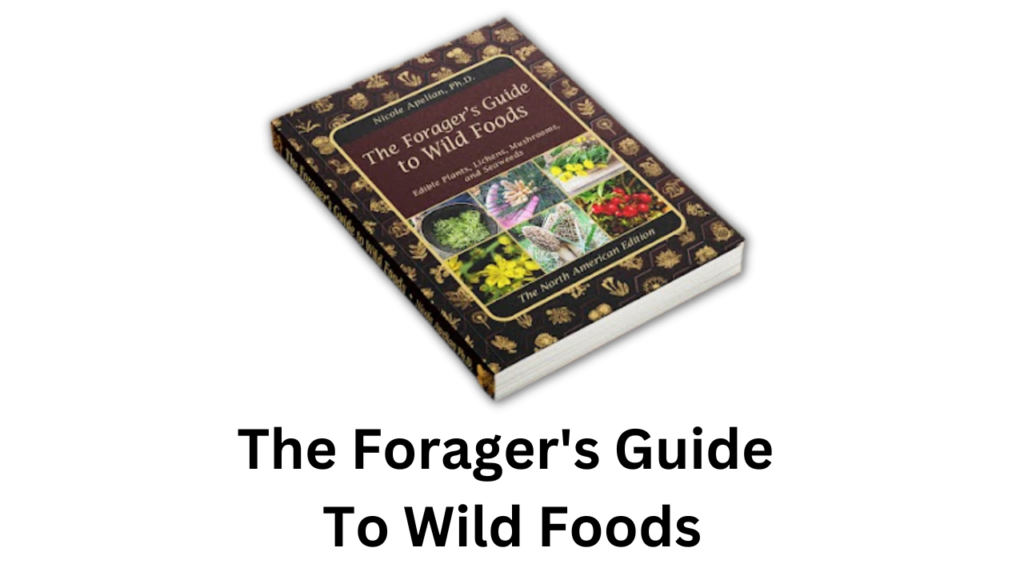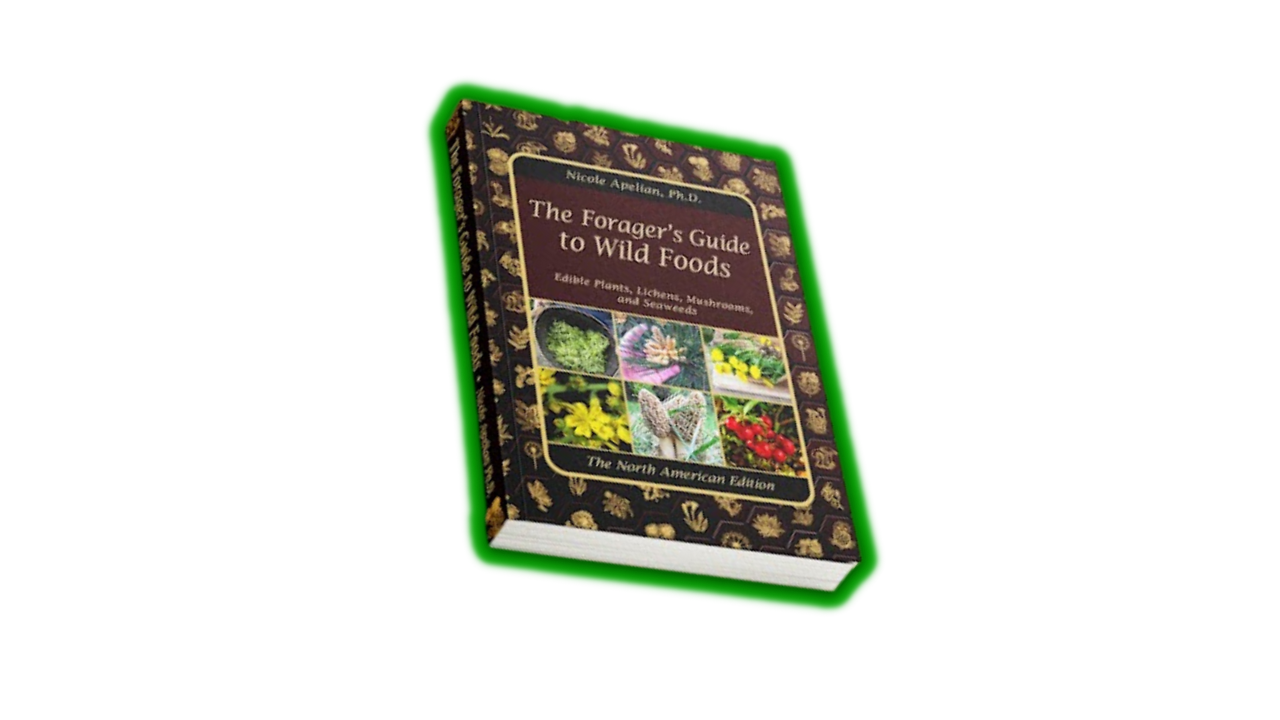The Ultimate Guide to Foraging for Wild Foods

Foraging for wild foods has become a popular trend in recent years, as more people seek to connect with nature and discover the benefits of fresh, natural ingredients. If you’re interested in learning more about this ancient tradition, you’ve come to the right place! This comprehensive guide will teach you everything you need to know about foraging for wild foods, including the best edible plants to look for, where to find them, and how to prepare them for a delicious meal.
Understanding Edible Plants and Foraging
Foraging is the process of gathering wild plants and other food sources from the natural environment. This can include anything from berries, nuts, and seeds to mushrooms, herbs, and even wild animals. The key to successful foraging is understanding which plants are safe to eat, and which should be avoided.
To help you identify the best edible plants, we’ve put together a list of some of the most common and nutritious options:
- Dandelions – These bright yellow flowers are a rich source of vitamins A and C, as well as potassium and iron. They can be used to make a delicious tea, or added to salads for a tasty and nutritious boost.
- Nettles – Nettles are a common wild plant that is rich in vitamins and minerals. They can be used to make a nutritious soup or tea, or added to smoothies for a healthy and delicious treat.
- Wild Garlic – This pungent herb is a great source of vitamins C and K, as well as antioxidants and anti-inflammatory compounds. It can be used to add flavor to soups, sauces, and other dishes.
- Elderberries – These small berries are a great source of vitamin C, as well as antioxidants and anti-inflammatory compounds. They can be used to make a delicious syrup, or added to pies and other baked goods for a sweet and nutritious treat.
The Benefits of Foraging for Wild Foods
Foraging for wild foods has many benefits, both for your health and the environment. By gathering wild ingredients, you can enjoy fresh and nutritious food that hasn’t been processed or packaged. This helps to reduce waste and support sustainable practices, while also providing you with a rich source of vitamins, minerals, and other nutrients.
Foraging also helps to promote mindfulness and connection with nature, as you explore the outdoors and search for delicious and nutritious ingredients. Whether you’re looking to try new flavors, learn more about the natural world, or simply get some exercise and fresh air, foraging is a fun and rewarding experience.
How to Get Started with Foraging
If you’re interested in getting started with foraging, there are a few things you’ll need to know. First, it’s important to understand the rules and regulations in your area, as some plants and wild ingredients may be protected or restricted. You should also research the different edible plants in your area, and familiarize yourself with their appearance, growth patterns, and edible parts.
You’ll also want to invest in a good guidebook or take a foraging class, as this will help you learn more about the plants you’re interested in and how to properly identify and prepare them. And finally, it’s always a good idea to bring along a trusted friend or foraging guide, as well as a basket or other container for your ingredients.
Conclusion
Foraging for wild foods is a fun and rewarding way to connect with nature, while also enjoying fresh and nutritious ingredients. Whether you’re a seasoned pro or just starting out, we hope this guide has provided you with the information and inspiration you need to get started on
